Traveling south along Highway BR-174 in Brazil, one passes through a region where someone who has never looked for birds in northern South America could have a very good time. Likewise, a birder who is talented at identification by ear may tally a large number of species quite easily. Neither of those descriptions fit me particularly well, so I had to be a little patient and live with a slightly smaller species count than I might normally have liked. The early part of my route passed through a long section of savanna habitat, which contained many birds, though most of those were species I have seen before. Once the route moved into a more forested region, birds were frequently heard, but rarely seen. In those types of situations, making a quick decision whether to stop riding and seek out a potentially interesting bird can be difficult, because such stops often prove to be fruitless. With this section of the route being a little more remote, and somewhat more taxing than earlier sections, I rarely chose to stop when success was not assured, in order to maintain my cycling pace.
Of course interesting birds can appear at any time, so one should always be alert. For example, among the common tanagers that were feeding in a papaya tree behind a restaurant, where I was also feeding, a nice Epaulet Oriole joined in.
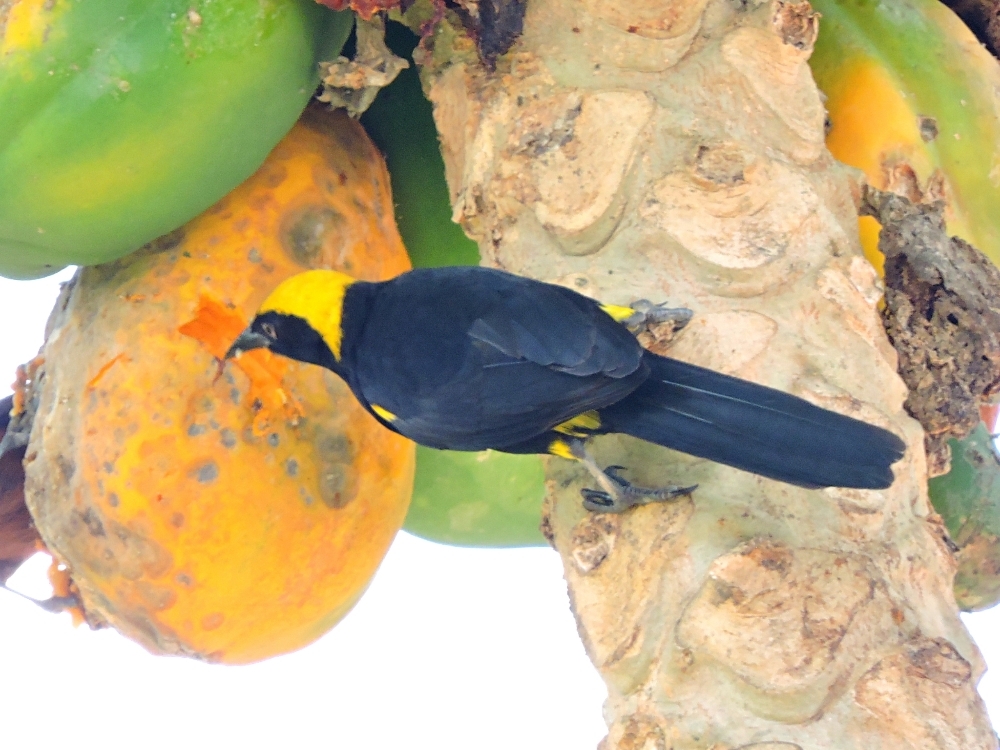
Later, I did stop for some large black birds that I thought sounded like Guans. They actually were Red-Throated Caracaras, which I have seen previously. However, that stop was saved when, on the other side of the highway, the familiar sounds of oropendolas turned out to be Olive Oropendola. I was very happy, since that was one of the last of that group I hadn’t yet seen.
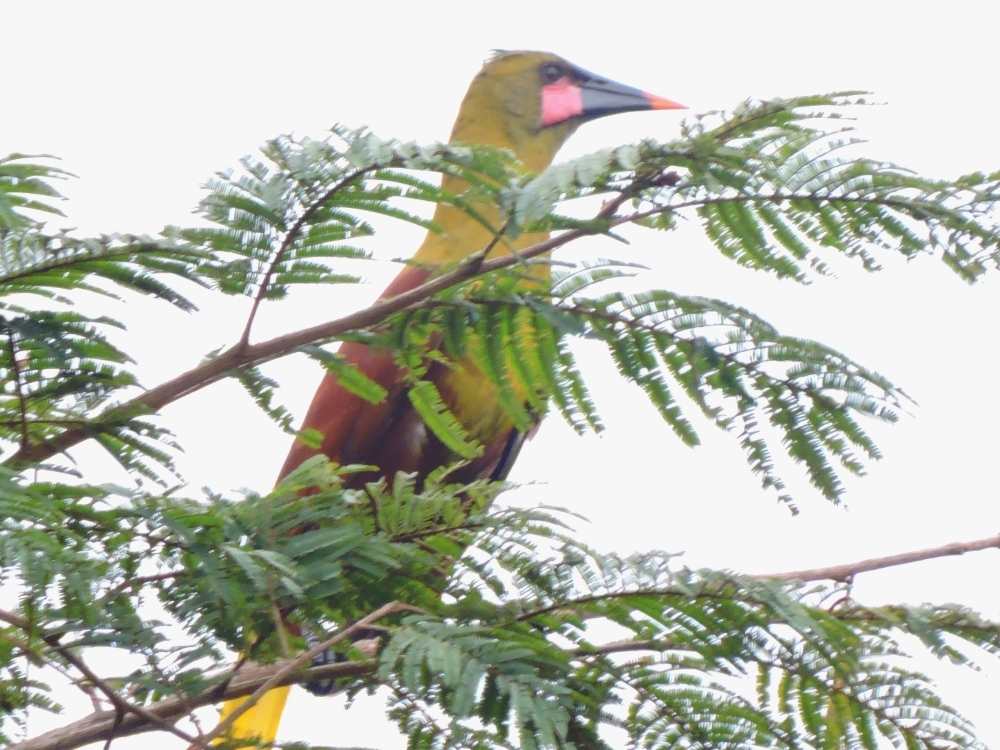
Not far away, Slate-Colored Hawk turned up, an individual with an anomalously dark bill, in fact.
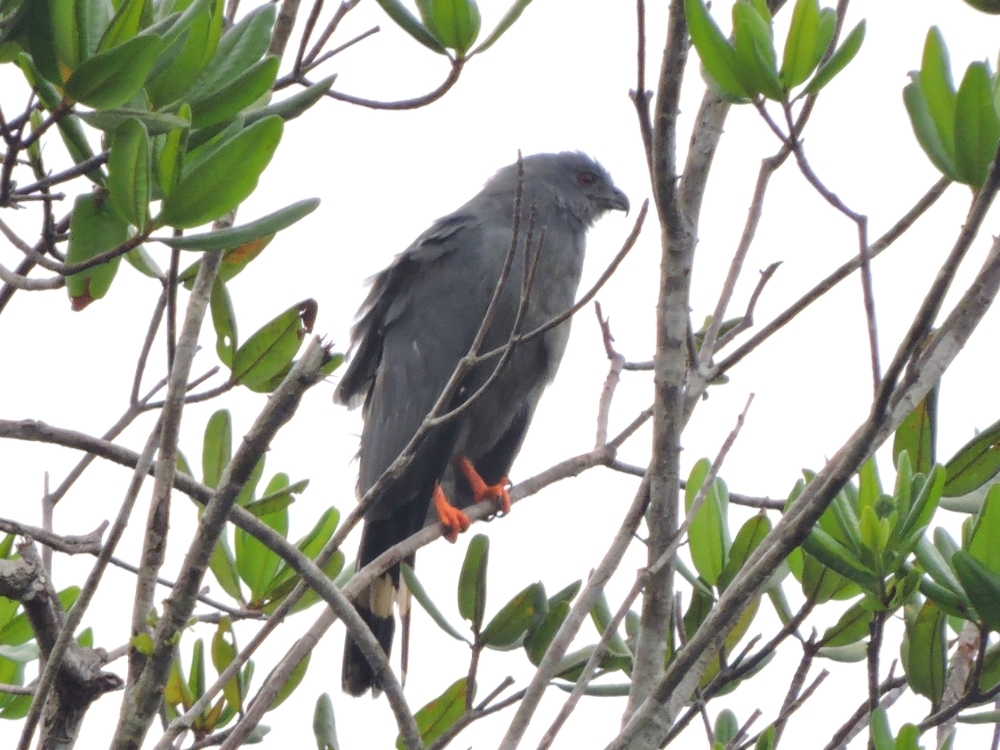
Areas with many Moriche Palms were always worth checking out, since many birds make use of that tree. In one case, some noisy parrots were inside the crown of one tree, but I never did see them. I almost didn’t notice that a number of Red-Bellied Macaw were quietly dining on the fruits, just below. Little did I know at the time that the next evening, just before sunset, I would ride beneath a flock of the same species, which must have numbered close to one thousand individuals, as they came in for their evening roost. I had previously seen similar parrot spectacles in Australia, but this event probably surpassed those, especially because smaller numbers of other species, such as Amazons and the larger Macaws, also took part.
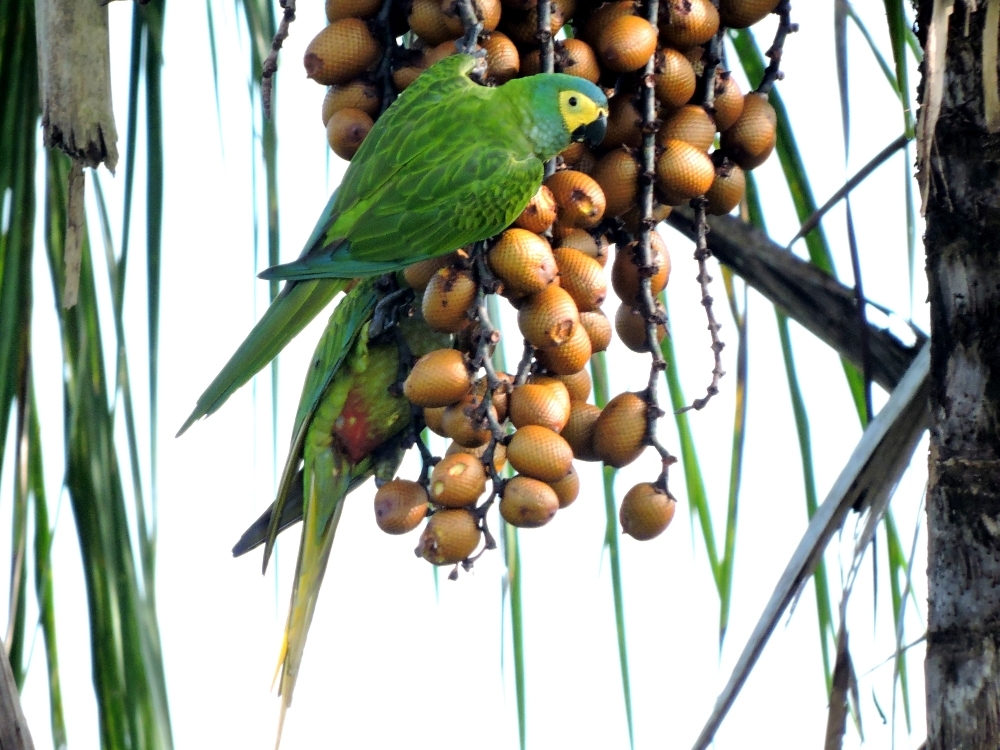
Things settled down for a while, until I arrived at the Iracema Falls Hotel, where I spent a day and a half birding the trails through the forest there. The grounds of the hotel held many common species, such as Tanagers and Caciques, but also Yellow-Browed Sparrow, and a number of nice hummingbird species, including Gray-Breasted Sabrewing, Glittering-Throated Emerald, and the attractive Crimson Topaz…
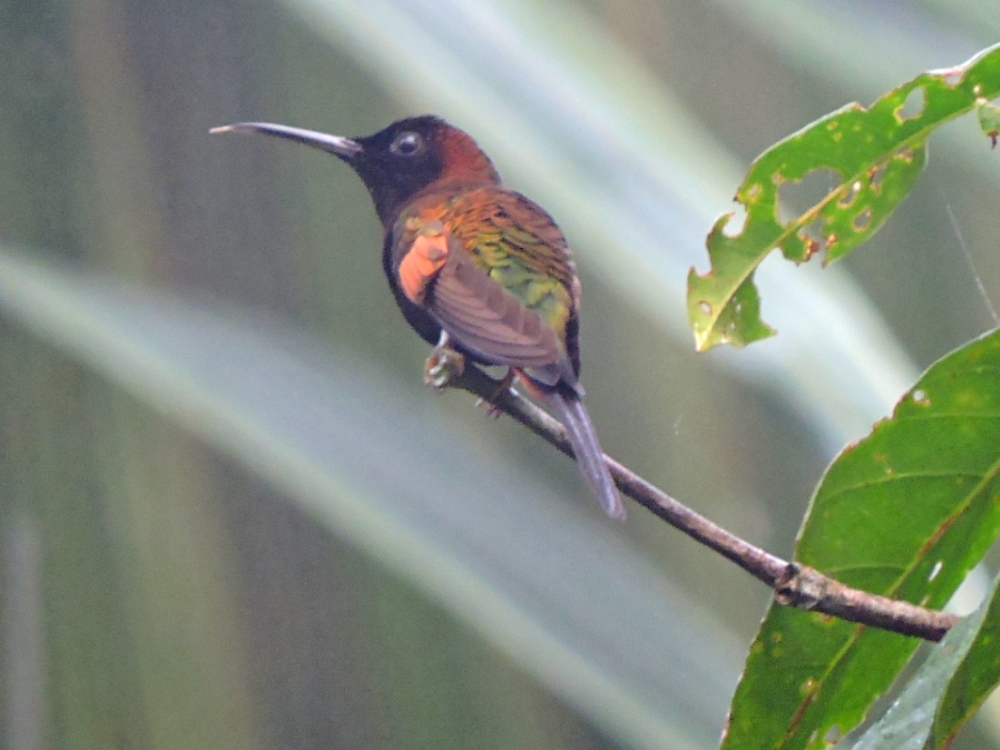
…and Fork-Tailed Woodnymph.
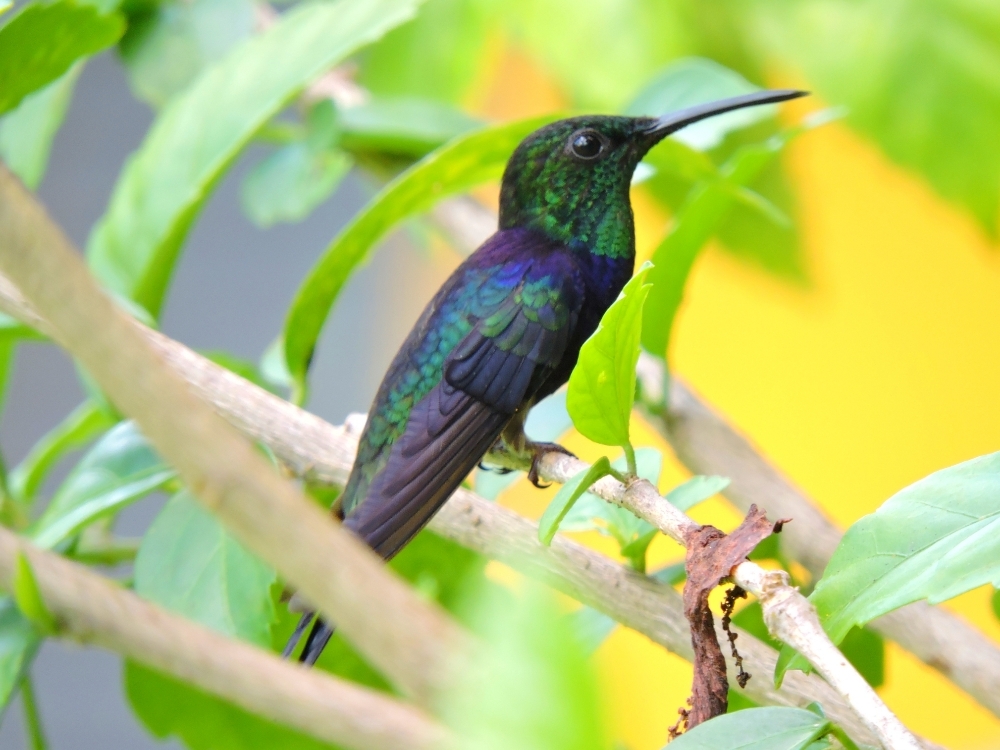
Chestnut-Bellied Seedeater were also common.
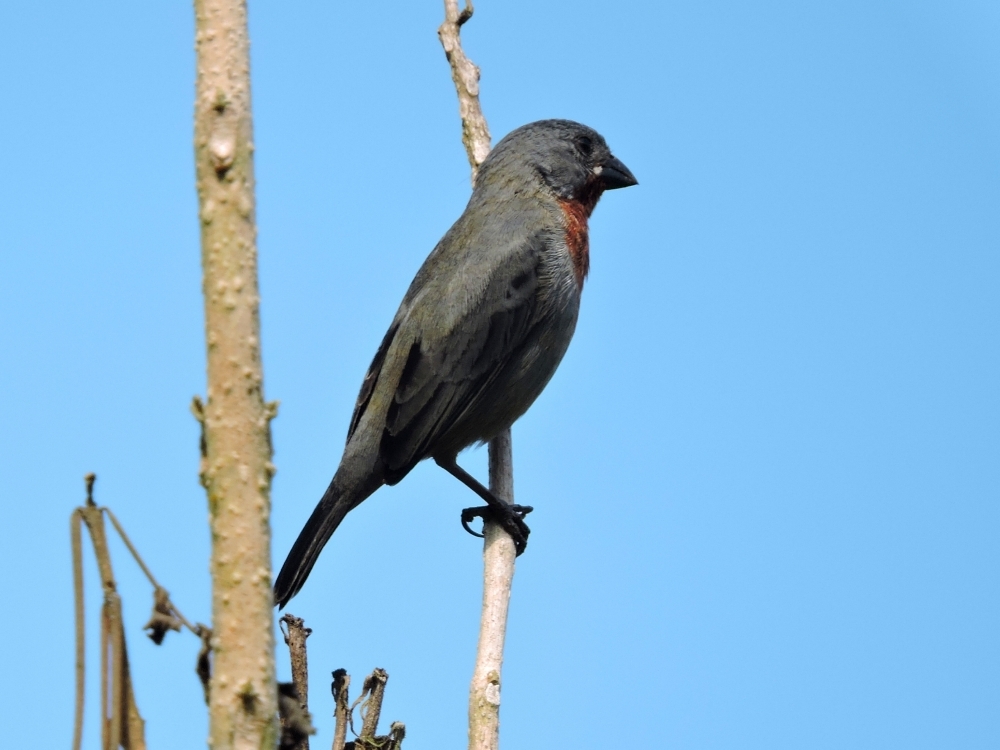
In the forest I added White-Shouldered Tanager, Guianan Trogon, Chivi Vireo, and I was most pleased to see Yellow-Tufted Woodpecker, another beautiful member of Melanerpes.
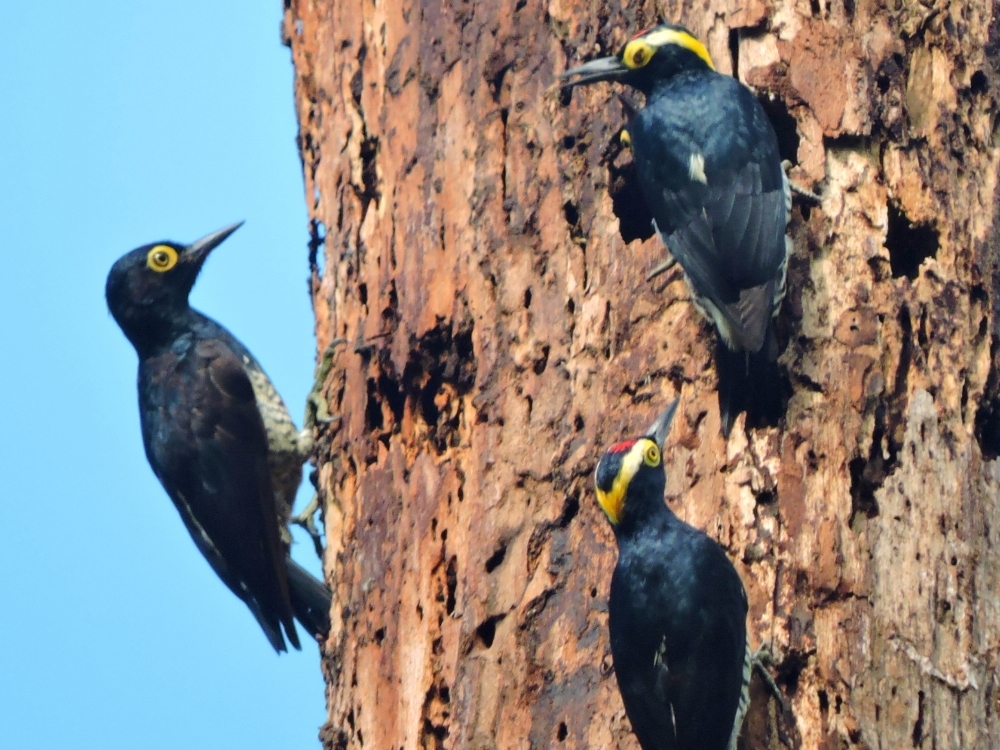
Probably the best bird of this section was Paradise Jacamar, as befitting for any species with Paradise
in its name.
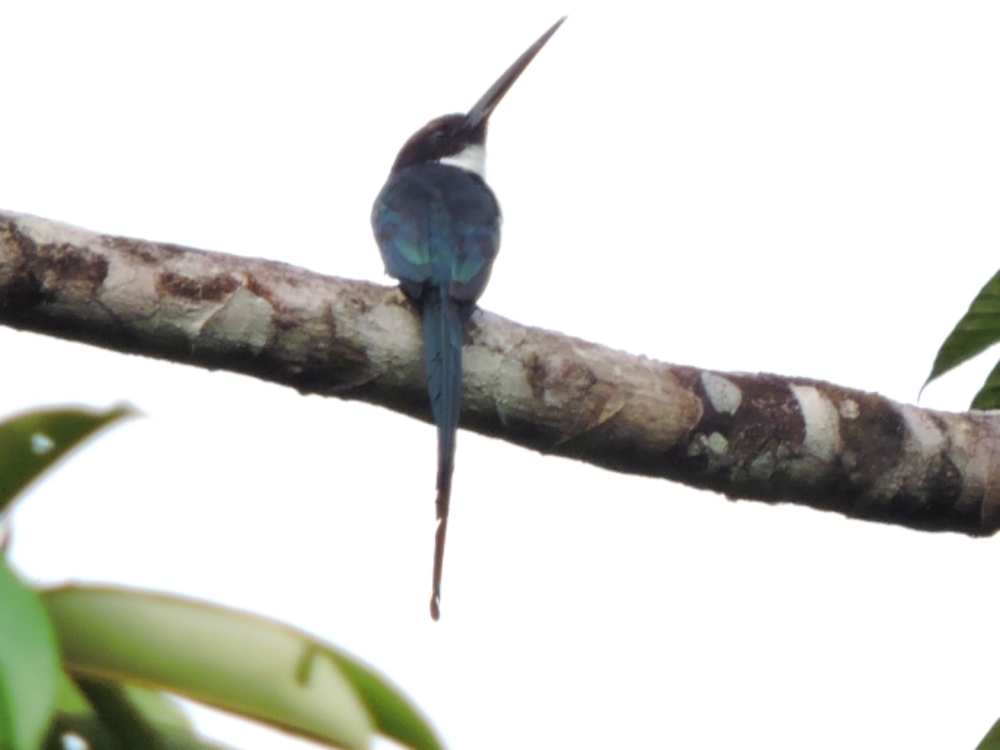
The following morning, I saw this bird, and with a different angle and different lighting, I was convinced that I had two different species. However, once I had a chance to investigate, I realized that they were the same, which was slightly disappointing, but equally interesting.
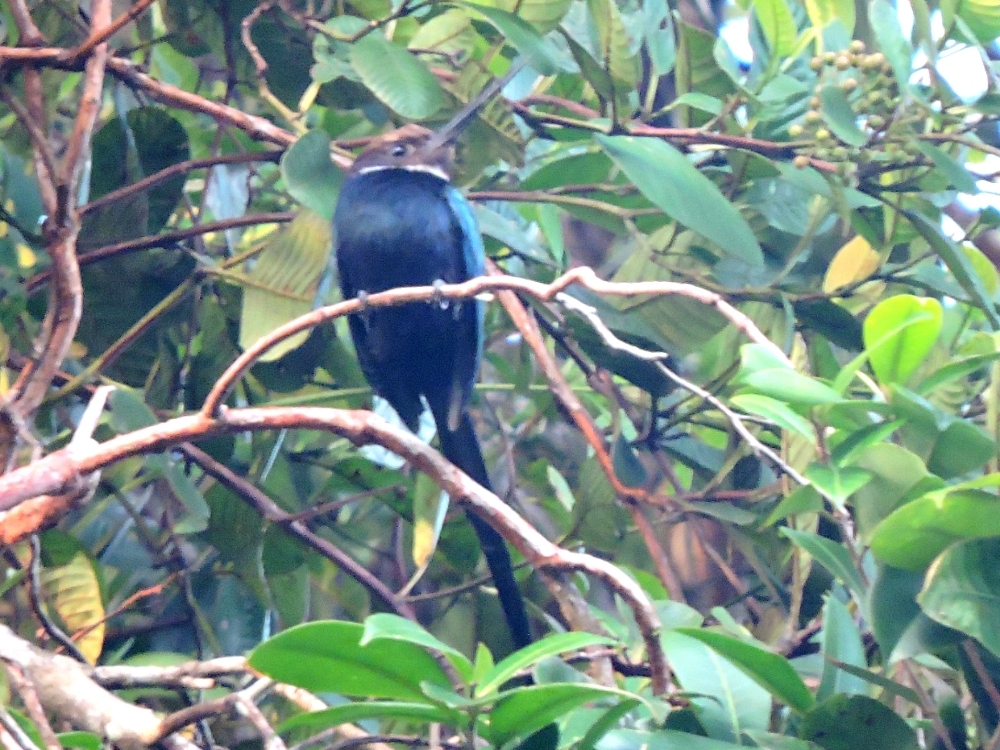
Not far away, White Hawk was beautiful and easy to spot.
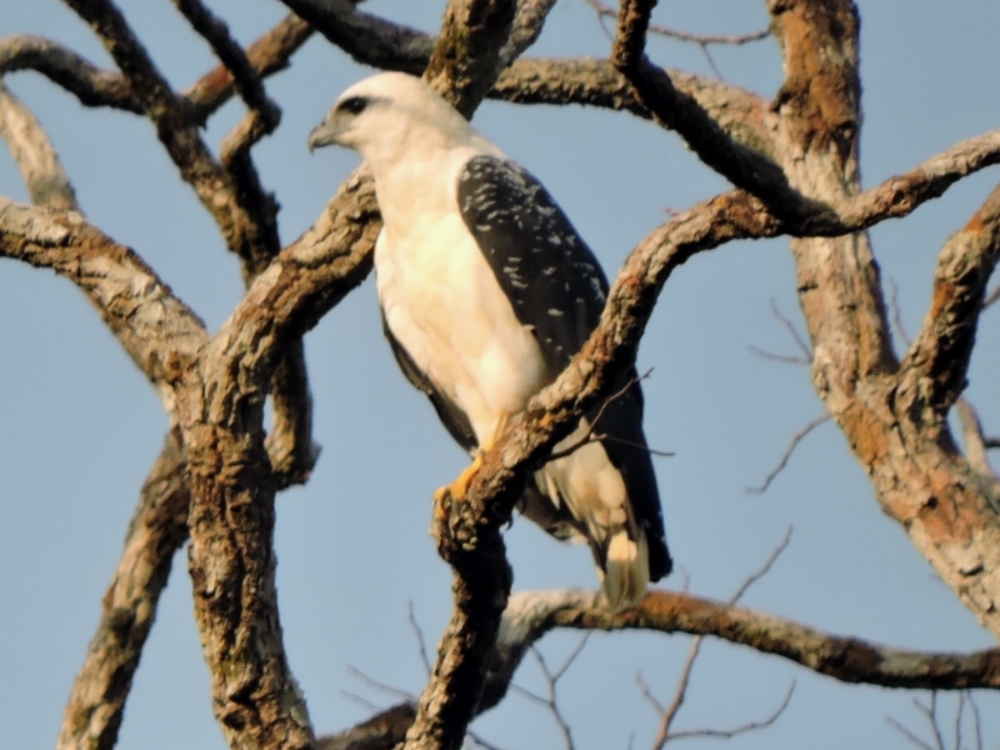
Other nice birds were Chestnut-Crowned Becard, and Amazonian Motmot…
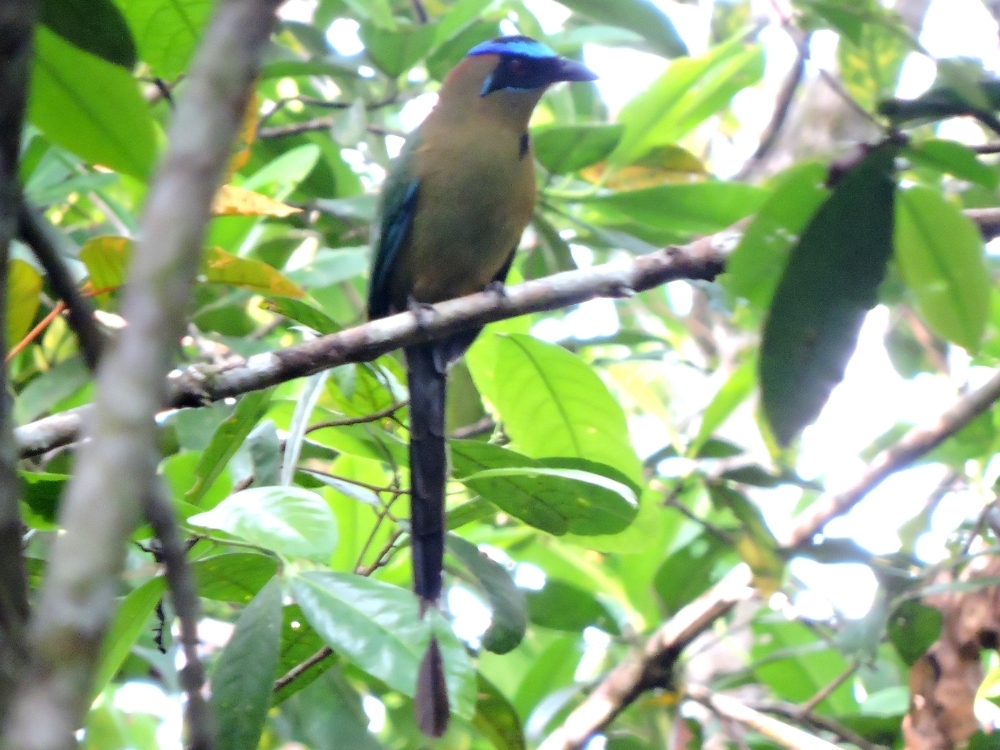
…as well as the very cool Black Curassow, which were present in fairly large numbers.
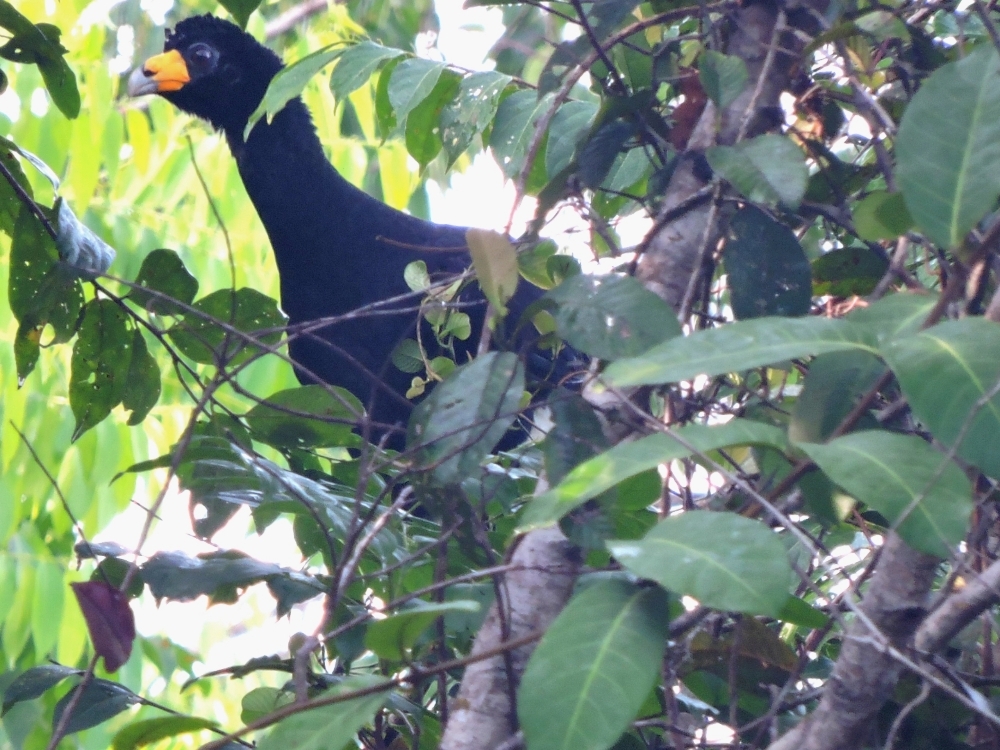
While this section did not provide an especially great number of new species, I was happy with their quality, and hopeful that trend would continue.